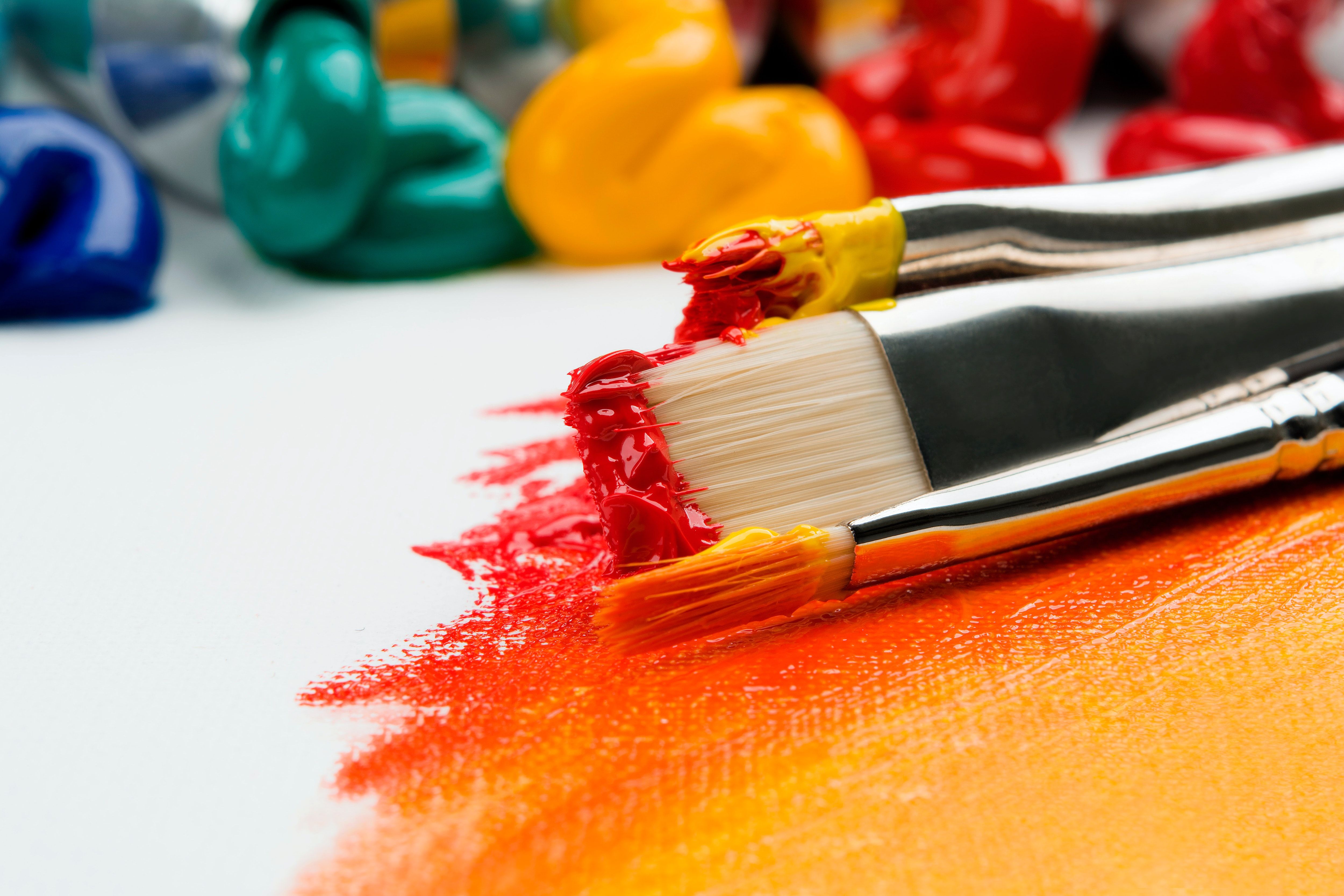Children
with autism spectrum disorder (ASD) suffer from difficulties with sensory-motor
functions, communication, and relationships. These difficulties can plague a
child's early development and develop into much bigger problems in their adult
lives. Creating art has the potential to address these complex issues due to
its multi-sensory nature and relational approach.
This
article is a brief overview of how art therapy can address some of the core
symptoms of autism and be an effective treatment for young autistic children.
Psychomotor Regulation
Autism
involves more than just sensory difficulties, but also psychomotor difficulties.
The signs of psychomotor challenges in children with autism are excessive
self-stimulating behaviors, including autism hand-flapping,
rocking, jumping, and twirling. Creating art can support psychomotor
development in children with autism by encouraging them to engage in
cross-lateral, bilateral, and whole-body movements. This is because, unlike with
other activities, children can make art in any position they like, while static
or moving, sitting, standing, or even lying down.
For
example, brushes in a number of sizes and grips can help children with autism
develop fine motor skills. Making art on a wall can prompt children to jump up,
bend down, and stretch as far as they can. In short, making art promotes
physical exercise, which in turn helps children with autism with
self-stimulating behaviors.
Sensory Regulation
Sensory
integration dysfunction is defined as atypical responses by an individual to
external stimuli perceived through the senses of smell, taste, vision, and
hearing. These atypical responses range from extreme pain at the slightest
touch for hypersensitive children to extreme tactile stimulation for
hyposensitive children. Sensory integration dysfunction is a core symptom of
autism, as it creates a high degree of anxiety in autistic children, resulting
in behavioral, psychosocial, and cognitive problems.
Introducing autistic children to art can help alleviate this problem, as the variety of textures, colors, smells, and tastes of art materials have an inherent capacity to inhibit or induce emotional and sensory responses. For example, a six-year-old child with autism may have extreme sensory-seeking behaviors that require heavy tactile input. As the child's art session is beginning, he or she can calm his or her senses and nerves by rolling clay between both hands, which can help the child to relax and focus. The tactile input from handling the clay can potentially calm him or her sufficiently, so that the child can move on to other activities, such as making art. Repeated sensory regulation through art-making could set the foundation for learning, communication, and relationship-building.

Communication and Expression
The
above two benefits of making art
can be realized when the child does art projects alone. However, in most
circumstances, the child will be doing art with either a therapist, a parent, a
teacher, or a friend. In fact, the more people with whom the child does art
projects, the more benefits there will be, as it will be more fun for them to
have someone to show their work to or to collaborate with. As a result, making
art can help children overcome their challenges due to autism, by improving
their verbal and nonverbal communication, developing their social skills by
facilitating an understanding of others' motivations, improving their ability
to read and respond to gestural cues, and helping them to better recognize and
understand their own emotions.
The Benefits of Art Therapists
The communication and expression benefits of making art can be greatly amplified when there are art therapists involved. Art therapists can alleviate the frustration of children with autism by helping them express emotions and communicate with others. One way that art therapists can help is by adopting a relational art-making approach. An art therapist can help autistic children by incorporating behaviors such as reciprocal cueing (responding to gestures), reflecting the feelings of the child, and paying attention to their body language. Furthermore, by having a conversation and making art together with art therapists and fellow patients, autistic children can learn about not only verbal communication but also nonverbal communication, such as how to recognize and understand common gestures. Without making art, this process can take a long time for children with autism to learn.
The
multisensory nature of art materials and the relational aspect of creating art
projects can promote sensory regulation, support psychomotor development,
facilitate communication, and enhance emotional well-being among autistic
children. Rather than looking at these areas in isolation, teachers and parents
should create every opportunity for children with autism to make art, as it
will be greatly beneficial to them. Many famous artists in the world have been
diagnosed with autism, so art can indeed help encourage and bring out the
talents in each and every autistic child.

